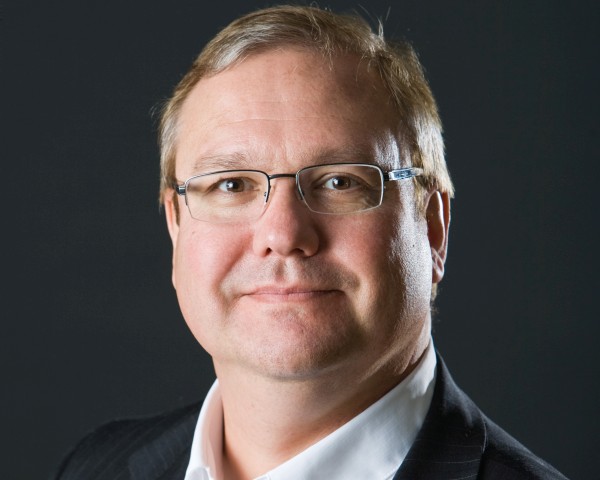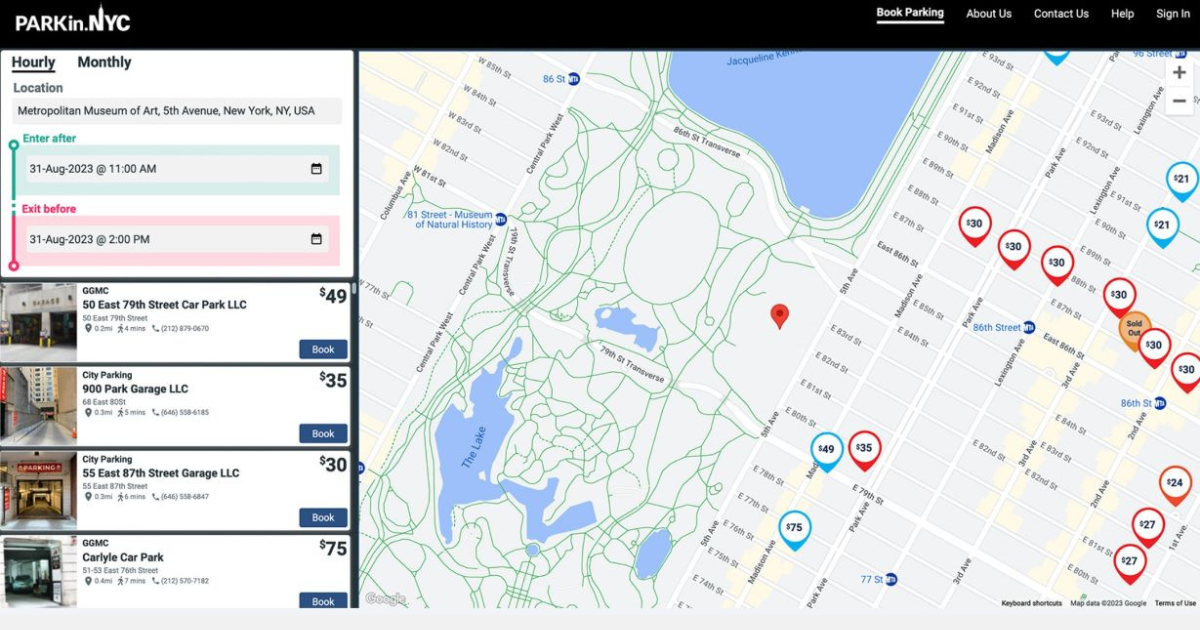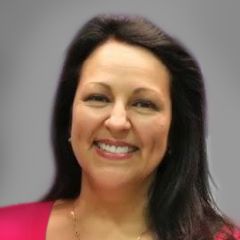Tech Perspective @ the Edge with Bob Rybak, CIO, Morguard

Bob Rybak is the CIO at Morguard, a leading Real Estate Investment and Property Management firm based in Toronto, Canada. Bob has been a CIO, CTO, entrepreneur and frequent consultant for almost three decades, working in both the public and private sectors. His professional experience has spanned many different companies in a wide range of industries.
Tell us about your technology journey at Morguard. How did it begin?
My initial contact with Morguard was as a consultant to do an IT process and operational review. It rapidly became apparent that there was a disconnect between not just the needs, but the aspirations of the business and the service models that IT was supporting at that time. I presented my recommendations and was contacted to come in as an interim CIO to actually implement them.
The culture as I inherited it in 2013 was very much an IT 1.0 organization: very prescriptive in dealing with user services, top-down, and definitely outward looking towards what others were doing rather than inward looking to the needs and aspirations of the business. We had to go through a cultural transformation to be much more empathetic and responsive to the people we serve. Still acting in a leadership capacity and providing appropriate guidance, but exposing people to the art of the possible. We changed the physical environment to make it brighter and more open, for better communication. It was transformational, because IT is now not only a place where people collaborate very openly, but also the user community drops by to talk – they’re not inhibited in entering the IT space.
In the same way, we changed our approach to delivering services: being more open and saying yes immediately. All of these attributes for an IT 2.0 organization were really driven into the team and they’ve adapted very well.
 How did your efforts align with the business goals of the company?
How did your efforts align with the business goals of the company?
The consistent theme on the business side was that IT needed to be modernized, although if you asked people what that meant, you’d get ten different answers. I spent time consulting with senior managers, stressing that IT can actually contribute not just to the operational side but driving the profitability of the business. Again, demonstrating the art of the possible – that IT can have an inherent and intrinsic role in driving the business as opposed to simply being a cost center and administrative overhead.
The second part was taking all this information we'd collected about modernization in generic terms and clarifying that into a strategy around three very simple concepts: Productivity; Mobility and Information Insight. Those three things were actionable only if we moved everything to the cloud. Our migration to the cloud was quite rapid; we did it in about two years. Ultimately, the cloud strategy was the enabler of everything that would deliver value to the business. On the productivity side we moved to Office 365 and decommissioned a ton of servers. On the mobility side we implemented collaboration tools and moved as an organization from the Blackberry platform to whatever people wanted. We place a lot of emphasis on what I call the workplace outside the office: giving people the ability to work anywhere using any appropriate device. For the third part, Insight, our journey began with the implementation of a new Yardi ERP. Our agenda for the next three years will again push applications and enable new services in the cloud and provide the appropriate interface between systems to make it all work together seamlessly.
What is your highest priority technology initiative in 2018 and what are the drivers behind that decision?
The specific methodology by which we are implementing projects at a tactical level, with the platforms in place (including the ERP to provide data insight) is something called Design Thinking. It allows great responsiveness to the needs of the organization while leveraging the investment that you’ve already made in IT. There are a number of stages, but the first one goes back to our roots in this transformation and that’s to empathize with our user base. Our initiatives are to go out and go deep in terms of understanding not only their requirements, but the experiences that they want to create. We need to devise methods of creating superior experiences by really understanding not only what people are thinking, but what they’re feeling. As an initiative, this kind of approach to the ongoing understanding and collaboration with the business is one of the key things that I want to see embedded within the projects for 2018.
What technological advancements are likely to affect change in the near future?
In a broad sense, we’re going to have experiences everywhere that are much more insightful and immersive. Amazon Echo is one example of the advent of AI devices and services that are getting smarter all the time because of deep learning and the ability to link disparate information. These technologies will simply appear around us, we won’t even notice we’re surrounded by millions of devices listening and responding to our needs. Devices that support direct human-machine interaction like Siri, Cortana, Alexa; these will permeate our environment and be more transformational than they are today – because they’re going to get smarter really fast. We’ll have new versions of Google Glass or the Microsoft HoloLens that will provide visual data and visual cues in a much more immersive way.
Another trend that is going to be very top of mind is security. I don’t want to overstate the nature of the threat, but we already know that new technologies will be extremely pervasive, and the opportunities to exploit them will be much greater. Being aware of cyber threats and taking basic precautions to protect yourself is going to become as obvious and necessary as the precautions you’d take if you were walking down a dark side street in the middle of the night.
So, security awareness, deep learning, immersive experiences, augmented and virtual reality. Those are all things that suddenly people will wake up one day and see all around them. It’s already there in millions of locations. Leveraging that in a positive and productive way is an incredible business opportunity, whether you're in commercial real estate or any other business.
This Week’s Sponsor
Altus Group, the makers of ARGUS and Voyanta, is the leading provider of CRE solutions worldwide. Our technology and industry consulting expertise gives our clients the knowledge and insights to form forward-looking perspectives, giving them a significant competitive advantage in a dynamic and ever-changing marketplace. Whether you’re budgeting for your properties, making strategic decisions about acquisitions or working with different teams, different organizations and different data, we can bring it all together. For more information, visit www.altusgroup.com.
Read Next
 3/27/2025
3/27/2025
The Convergence of Edge Computing, Cloud, and AI in Building Automation and Smart Buildings In the built environment, we have seen the convergence of Operational Technology (OT) and Information Technology (IT), later expanding to include Workplace Technologies (WP).
 3/27/2025
3/27/2025
DC Power: A Holistic Approach to Energy Savings in Commercial Buildings In today's energy-conscious world, businesses constantly seek ways to reduce their carbon footprint and operational costs.
 3/13/2025
3/13/2025
How to Achieve Eco-Friendly Facility Management Commercial real estate operators and facility managers are focusing on sustainable practices to minimize environmental impact, create healthier workplaces, improve productivity and lower operational costs.
 1/23/2025
1/23/2025
When It Comes To Managing Properties’ Parking, Technology Is Key It’s easy for developers and real estate owners to think of parking as a necessary evil. They know they have to provide it (often, because it’s mandated by code), they understand that prospective tenants and buyers expect to be provided parking, but they haven’t figured out how to maximize its value.




.gif)





